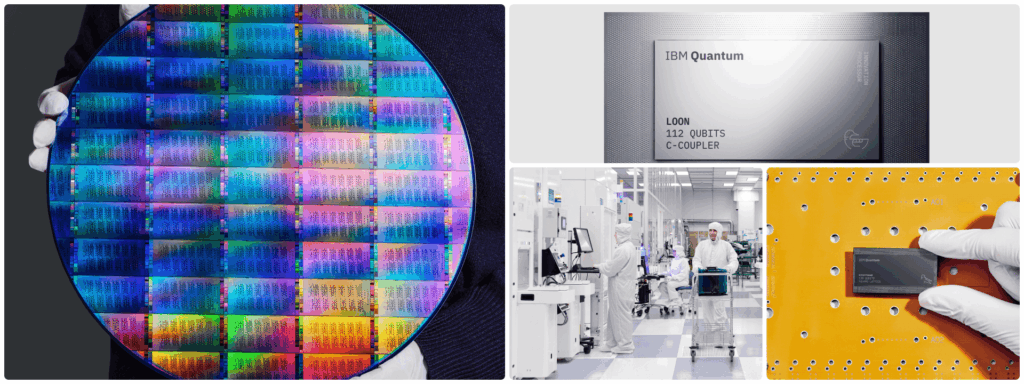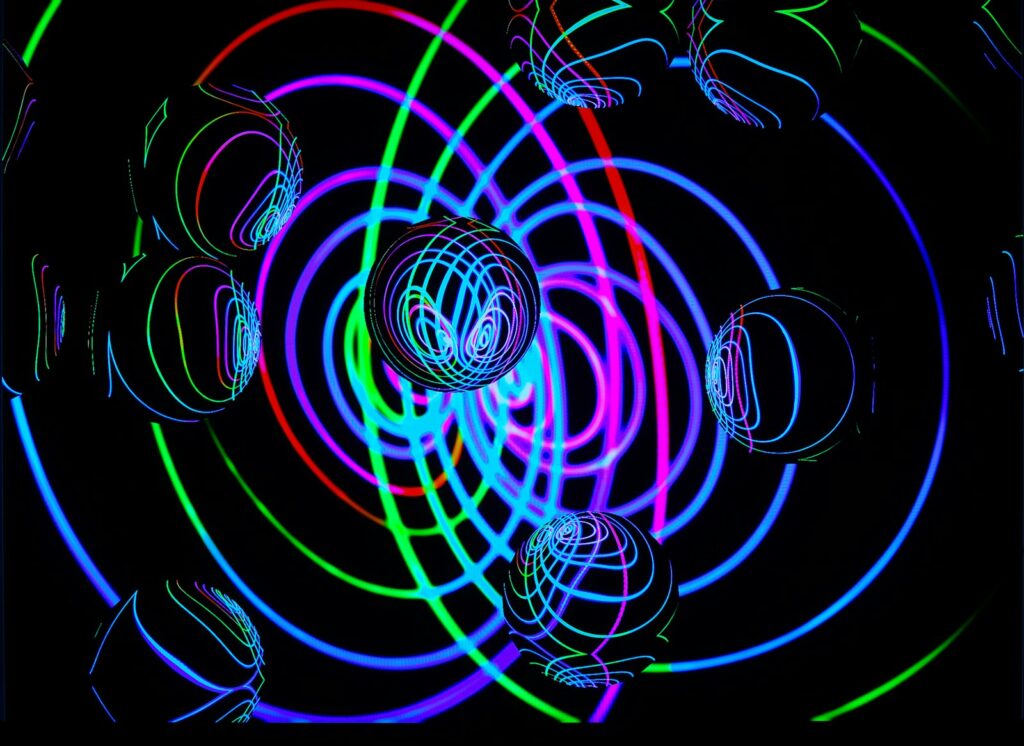Insider Brief:
- USC researchers developed a method using deterministic qubit control to stabilize qubit coherence, improving the sensitivity of quantum sensors beyond the traditional Ramsey interferometry limits.
- The new protocol increases the signal-to-noise ratio (SNR) and can be integrated into existing quantum platforms without needing extra feedback mechanisms or control resources.
- The study’s method is resilient against miscalibrations, making it suitable for various practical applications, and opens up future research opportunities in optimizing quantum sensing technologies.
A recent study led by researchers from the University of Southern California, published in arXiv, details out a method to improve the sensitivity of qubit-based quantum sensors, and surpass the limitations of traditional Ramsey interferometry. The team, including experts from the Center for Quantum Information Science and Technology, the Department of Physics & Astronomy, and the Ming Hsieh Department of Electrical & Computer Engineering, demonstrated how deterministic qubit control can stabilize qubit coherence and greatly improve signal-to-noise ratio (SNR).
Bringing the Sensitivity to Quantum Sensing:
Quantum sensors are used in a wide range of applications, from improving the resolution of medical imaging techniques to probing fundamental questions in physics, such as detecting gravitational waves or measuring magnetic fields at the atomic scale. As noted in the study, quantum sensors work by using the quantum properties of particles, such as qubits, to measure physical quantities like magnetic fields, temperature, or pressure with exceptional precision. These sensors operate by placing qubits in superposition or entangled states, where even slight changes in the environment cause measurable shifts in their quantum state, allowing for highly sensitive detection of minute variations. For example, in magnetic resonance imaging (MRI), the frequency shifts in a qubit can reveal detailed information about the magnetic environment, enabling high-resolution images of biological tissues.

According to the study, Ramsey interferometry has traditionally been the “gold standard” for such measurements as it can measure the phase evolution of a qubit with high precision. In this method, a qubit is placed in a superposition state, evolves under the influence of an external field, and is remeasured. The accumulated phase shift, which depends on the qubit’s frequency, provides information about the surrounding environment. However, this technique is highly sensitive to environmental noise, which decoheres the qubit state and reduces the signal-to-noise ratio, limiting the effectiveness of quantum sensors in practical applications. Despite these limitations, the precision of Ramsey interferometry makes it the benchmark against which other quantum sensing techniques are measured.
To address the rather inconvenient limit on effectiveness, the researchers used continuous Hamiltonian control to stabilize one component of the qubit’s Bloch vector. This stabilization leads to greater phase accumulation in the orthogonal component, which in turn improves the sensitivity of the measurement. In practical terms, their protocol increased the SNR per measurement shot by a factor of up to 1.96 and SNR per qubit evolution time by 1.18, compared to standard Ramsey interferometry.
In addition, this method improves the SNR without requiring additional feedback mechanisms or control resources means that this method can be readily integrated into existing quantum computing and sensing platforms, potentially leading to more accurate and reliable measurements across a wide range of applications.
Moreover, the protocol’s resilience against parameter miscalibrations makes it highly suitable for deployment in less controlled environments, such as field-based applications in geology or space exploration. As quantum sensors become more ubiquitous, improvements in their performance, like those demonstrated in this study, will play a large part in unlocking their full potential.
Challenges and Future Directions:
While this protocol is of import on its own, it also opens up new avenues for exploration. Future research could focus on optimizing the protocol further through control theory techniques, potentially achieving even greater sensitivity. Additionally, there is the potential to extend this approach to multi-qubit systems, where the enhancement of entangled states could lead to additional progress in quantum metrology.
Overall, the researchers at the University of Southern California have provided a powerful new tool for quantum sensing, one that not only outperforms the traditional Ramsey interferometry but easily adapts to a wide range of practical applications. As quantum technologies advance, innovations like this will contribute to a cycle of continuous improvement, where each new method builds on the last, steadily refining both the technology and the processes behind it.
The authors who contributed to this study include Malida Hecht, Kumar Saurav, Evangelos Vlachos, Daniel A. Lidar, and Eli M. Levenson-Falk.

















